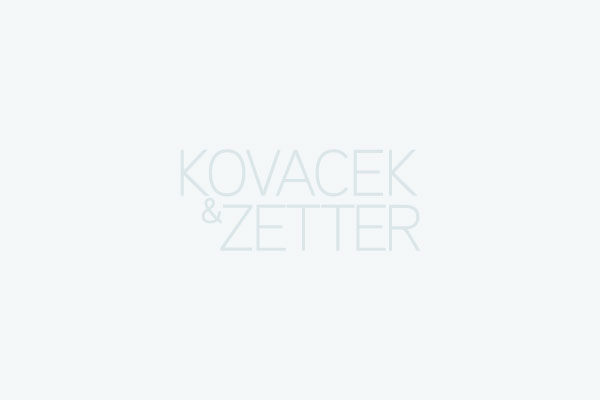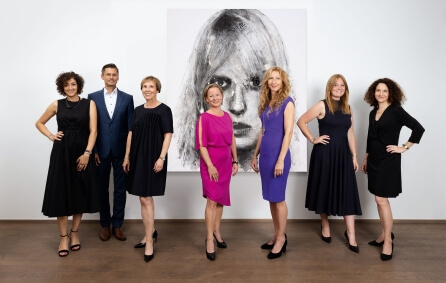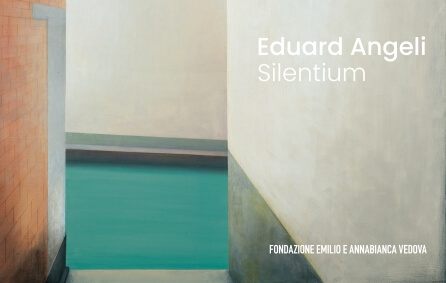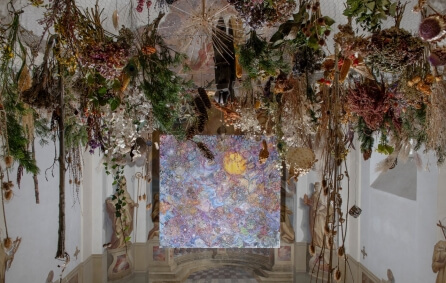15.5.2020 2020
acrylic on wood
Ø 110 cm
on the reverse/verso artit's seal, signed and dated: Jakob Gasteiger 15. 5. 2020
Literature
Vgl.: Klaus Albrecht Schröder (Hg.), Jakob Gasteiger. Post-Radikale Malerei, exhibition catalogue, Albertina, Wien 2021
"In a country that has devoted itself to the pathos of expressionism for over a century, from Schiele to Brus and Rainer, Hollegha, Brandl and Scheibl, Jakob Gasteiger is the calming pole, the clear-eyed analyst in this sea of emotions."
Jakob Gasteiger occupies an interesting position within postradical painting. Like the representatives of Minimal Art, he constantly rejects suggestions from the visible world of things that lead into the figurative, and thus also an iconographic or symbolic interpretability of his pictorial content. Even though many of his works are designed in monochrome, a "meaningful charge" of this monochrome in the sense of Yves Klein is alien to him. With his expansive application of color, he is indeed in the tradition of a Donald Judd or Sol LeWitt, but the spatial effect of his works is much more subtle. His paintings give order to a space, they reshape it with their squeegee-worked relief-like surfaces.
With only a few parameters, Jakob Gasteiger creates works of "aesthetic richness" and "exciting variety" . He plays with the format - horizontally expansive rectangle, tondo or square - with textures and structures. The squeegees, homemade combs that are his preferred painting tools, can leave fine, sharp-edged or widely spaced furrows in the wet paint. Color pigments obtain a tremendous shine through the admixture of glass sand, aluminum or copper powder. Jakob Gasteiger works with oil and acrylic, creating matte or shiny surfaces with natural pigments or garish neon colors. With somnambulistic certainty, one work flows into the next. In the series thus created, which are characterized by related picture formats and the same color material, he "declines through all the nuances of a conception" . Although his works are created lying on the floor, once completed they are pictures on the wall, which through the structure of the combed pigments acquire a reading direction, as the eye of the viewer follows the ridges or undulating curvatures.
The unbelievable pastosity and expansive grandeur of the surfaces push painting to the border of the sculptural; the artist himself refers to his works as "Bildobjekte", reflecting on the medium of painting and reinventing it through all its components.




